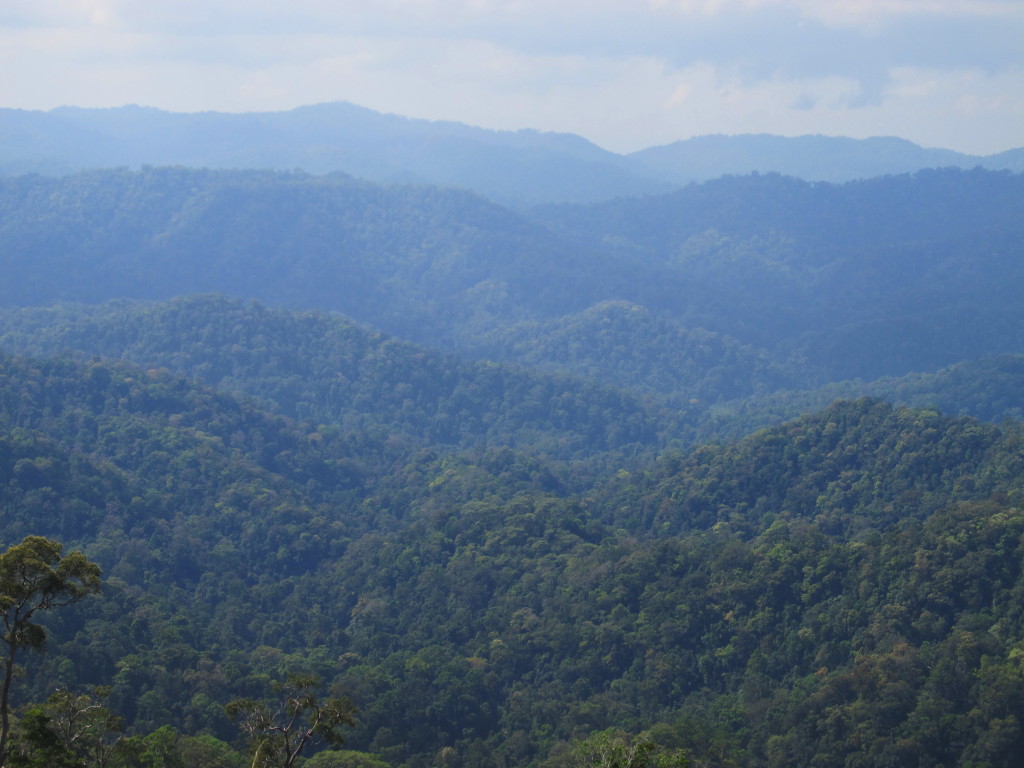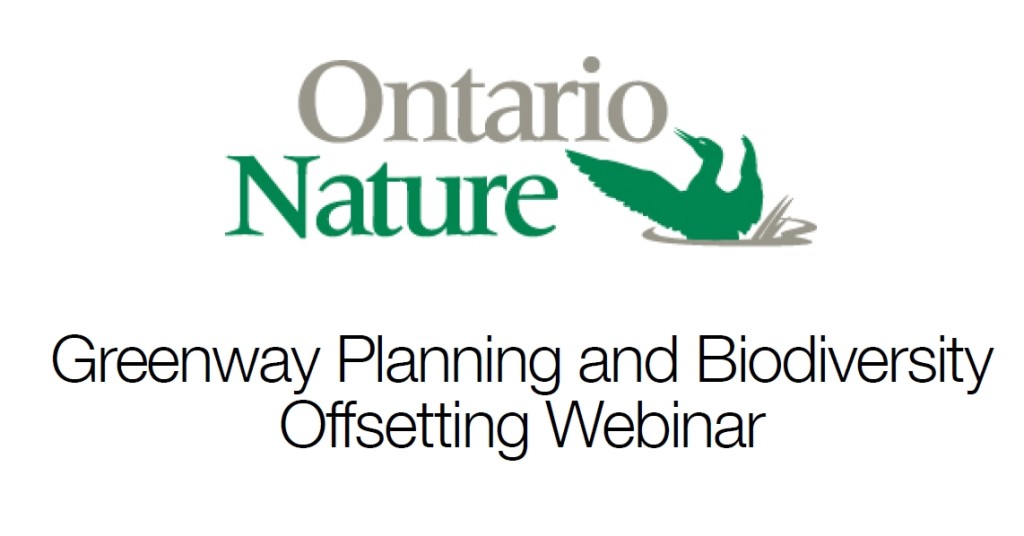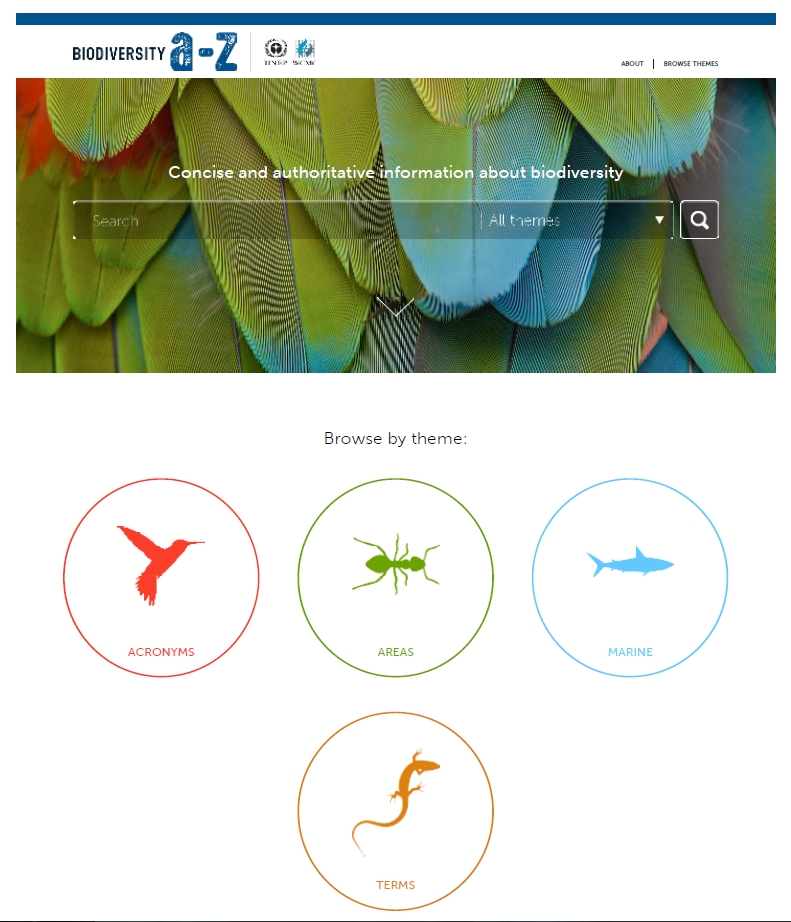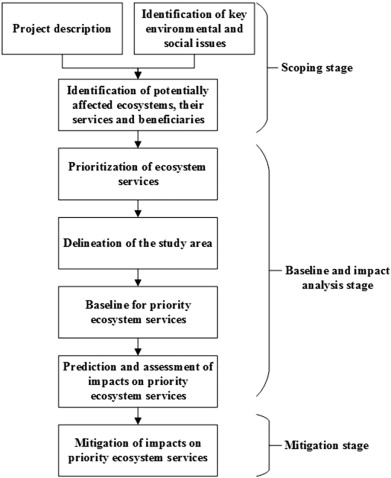About the Biodiversity Offsets Newsweek
If you are interested in environmental compensation and biodiversity offsets, there are certainly good news: there is now a whole bunch of information from different sources,  locations and viewpoints publicly available (something which wasn’t this easy only a couple of years ago). Now, as has been pointed out (see here) the Biodiversity Offsets Blog aims to compile and somewhat structure this information. But there is not only a wealth of sources already out there on the internet, but also new sources are continuously being added. I am following and collecting the news via Scoop.it and cover the most trending ones in posts on the Biodiversity Offsets Blog. Nevertheless, not all news can be covered (at least not yet) and therefore the “Biodiversity Offsets Newsweek” will list up the headlines of the past week, together with the links and PDFs of the articles or news.
locations and viewpoints publicly available (something which wasn’t this easy only a couple of years ago). Now, as has been pointed out (see here) the Biodiversity Offsets Blog aims to compile and somewhat structure this information. But there is not only a wealth of sources already out there on the internet, but also new sources are continuously being added. I am following and collecting the news via Scoop.it and cover the most trending ones in posts on the Biodiversity Offsets Blog. Nevertheless, not all news can be covered (at least not yet) and therefore the “Biodiversity Offsets Newsweek” will list up the headlines of the past week, together with the links and PDFs of the articles or news.
This week: October 20–26, 2014
This week (October 20–26, 2014) some feedback on the (now closed) consultation of the European Commission on its planned No Net Loss Initiative (see my previous posts) came up, in particular from several opponents of biodiversity offsets, who set up a letter to Commissioner Potočnik to stop biodiversity offsetting. Some news on Australian biodiversity offset projects took a critical view on the subject, too. Perhaps most interestingly, a new book by Jane Gleeson-White entitled “Six Capitals: The Revolution Capitalism Has to Have – or Can Accountants Save the Planet?” lays out the case for accounting for externalities like fresh water, sustainable communities, productive soil and a liveable climate. It also analyses the growing number of methodologies for natural capital accounting, their history, upsides and downsides. Some of the mechanisms for mitigating corporate impact are also called into questions, such as biodiversity offsetting. Finally, two interesting initiatives are to be noted: the Biodiversity a-z online glossaries launched by UNEP and the Initiative on Global Biodiversity Impact Indicators for Commodity Production by the Secretariat of the Convention on Biological Diversity.
Continue reading →
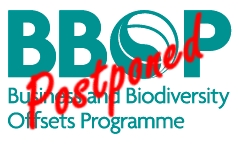 Today’s BBOP webinar on biodiversity offsets in the Ambatovy mining project in in Madagascar was postponed on short notice due to technical problems!
Today’s BBOP webinar on biodiversity offsets in the Ambatovy mining project in in Madagascar was postponed on short notice due to technical problems!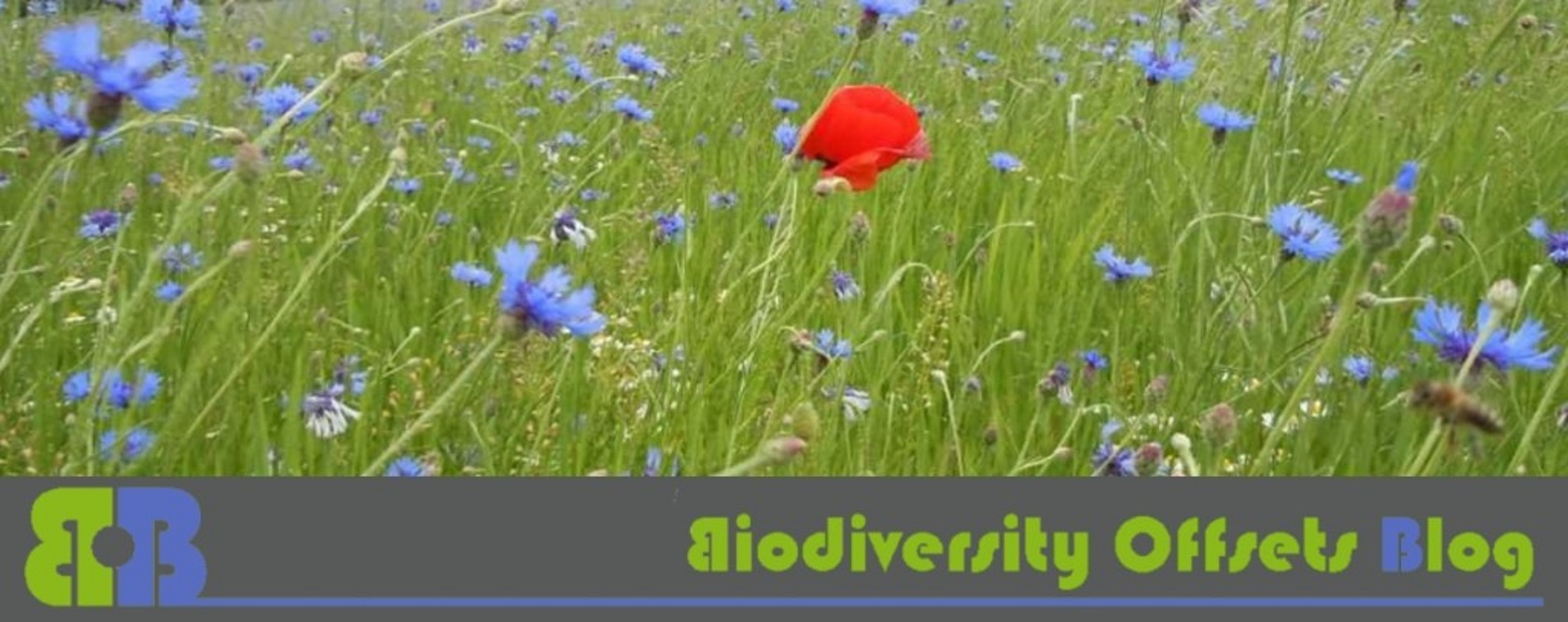
![Queensland Panorama By MCaviglia mcaviglia.ch (Own work) [CC-BY-SA-3.0 (http://creativecommons.org/licenses/by-sa/3.0)], via Wikimedia Commons Queensland Panorama By MCaviglia mcaviglia.ch (Own work) [CC-BY-SA-3.0 (http://creativecommons.org/licenses/by-sa/3.0)], via Wikimedia Commons](http://www.biodiversityoffsets.net/wp-content/uploads/2014/09/Queensland-Panorama.jpg)
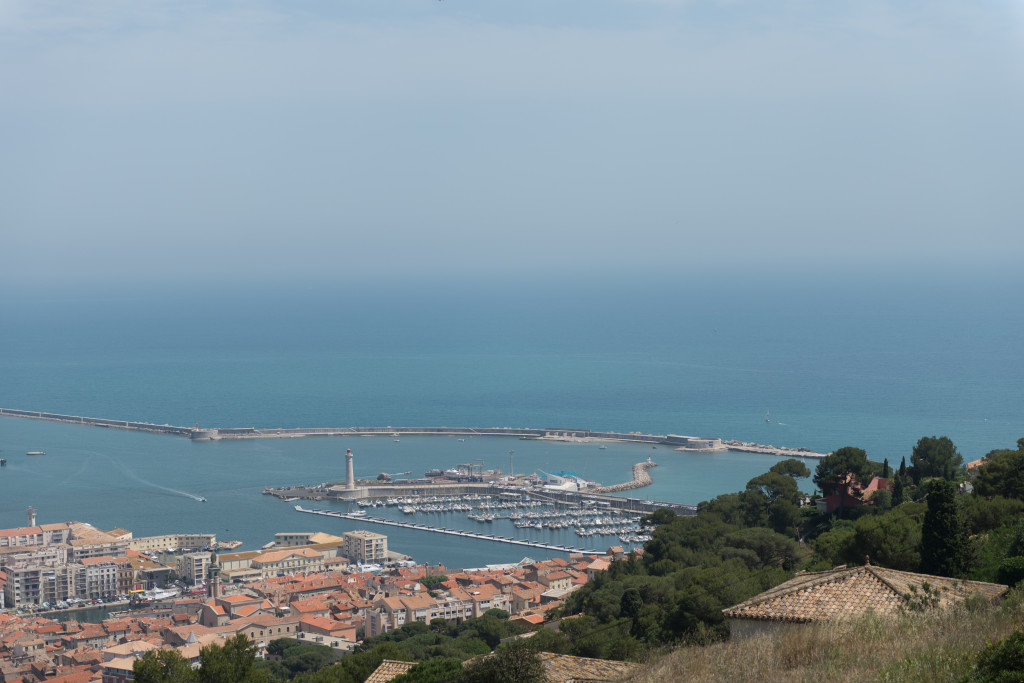
 locations and viewpoints publicly available (something which wasn’t this easy only a couple of years ago). Now, as has been pointed out (see
locations and viewpoints publicly available (something which wasn’t this easy only a couple of years ago). Now, as has been pointed out (see 
